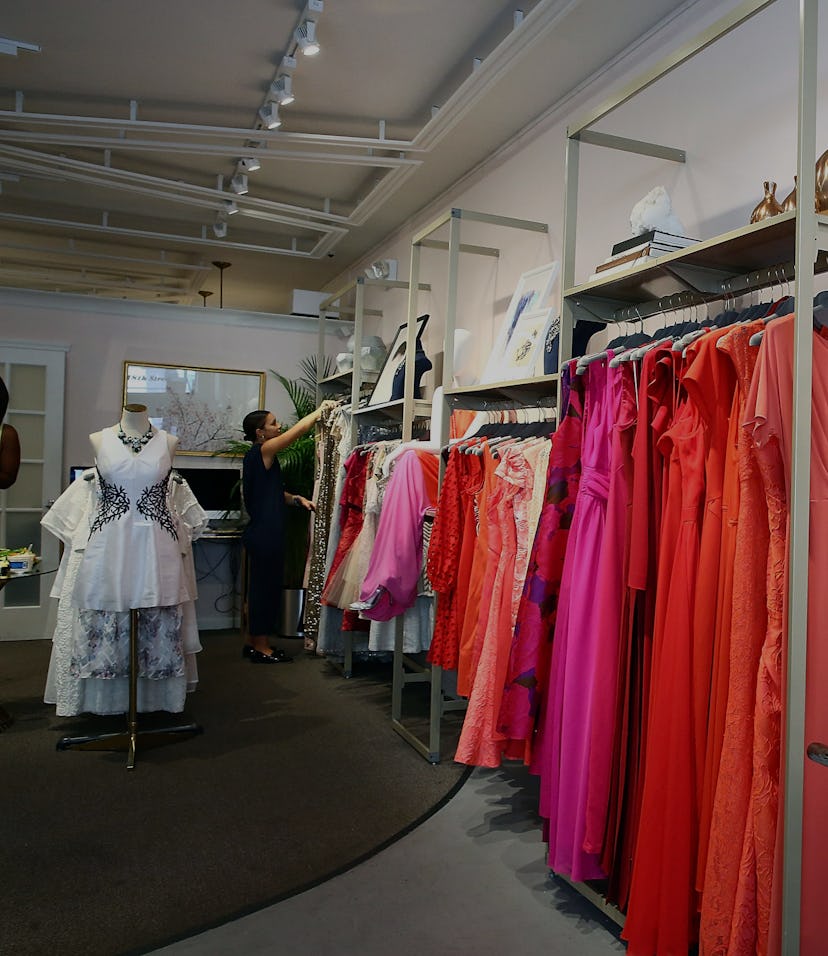Style
Study: Throwing your clothes away is more eco-friendly than renting them
Researchers have outlined the harmful environmental impacts of renting clothes, from transportation to dry-cleaning.

Fashion produces an overwhelming amount of waste each year, so much so that clothing rental platforms have been founded to try to reduce the industry’s impact on the environment. And while the rental services seem sustainable — essentially sharing a huge closet with its consumers — a new study published by Environmental Research Letters suggests that renting clothes is actually worse for than environment than just throwing them away.
After researching a variety of “sustainable” fashion solutions, including recycling, reselling, and renting, the team behind the study found that renting had the highest climate impact of all thanks to the services’ usage of dry-cleaning and constant transportation. Even throwing your clothes away — despite their eventual pileup or incineration at a landfill — creates fewer emissions than rental.
Putting up an eco-friendly front — Looking to attract the new, more mindful consumer, the fashion industry has adopted the phrase “circular economy” to give itself a sustainable appearance, without fully embracing the concept. Services that lease clothes would be more sustainable, the study notes, if they actually adhered to being circular — focusing more on renting the clothes already available to them rather than buying new products to refresh their extensive rental collection. Finding low-carbon alternatives to dry-cleaning and transportation would also help reduce a rental platform’s emissions.
But most clothing rental platforms, especially those in the U.S., haven’t altered their business models to practice the sustainability they preach. Doing so would likely mean less profit for the company, and in a capitalist economy, money is the most important green there is.
The future of fashion — The most sustainable option for consumers is actually the simplest: Clothes should be worn as many times as possible before they go to waste, whether they’re handed down or resold. Research by the Ellen MacArthur Foundation suggests that while clothing production continues to increase — it has more than doubled in the past 15 years — the average number of times garments are being worn has decreased by 36 percent. The mentality of “purchase, Instagram, return” has become far too normalized within the fashion industry, which encourages consumers to indulge in constant newness.
Actually adhering to a circular economy — in which clothes are handed down throughout the economy and eventually recycled to make new clothes — would allow the fashion industry to be more sustainable, without the need to extract new resources for new garments. But the quickening pace of trends makes such an economy impossible: Consumers can rewear their items or be considered on-trend, with little room in-between. For fashion to become more sustainable, the industry as a whole must stop buying into aesthetics and start existing outside of trends altogether.